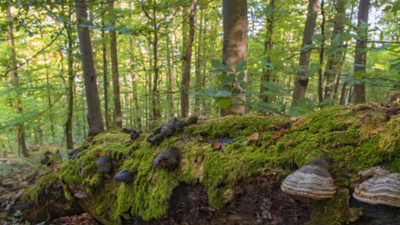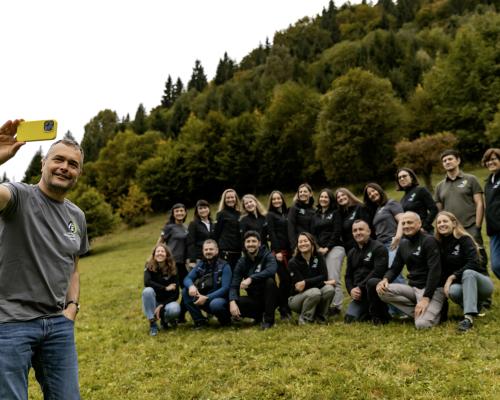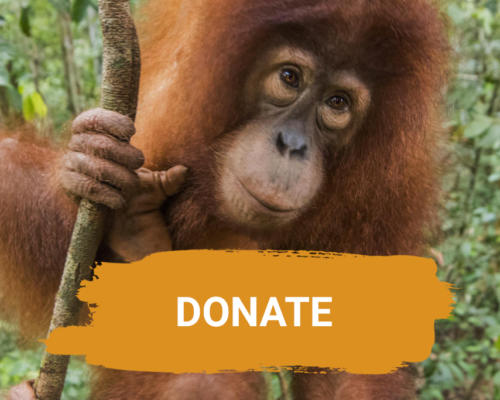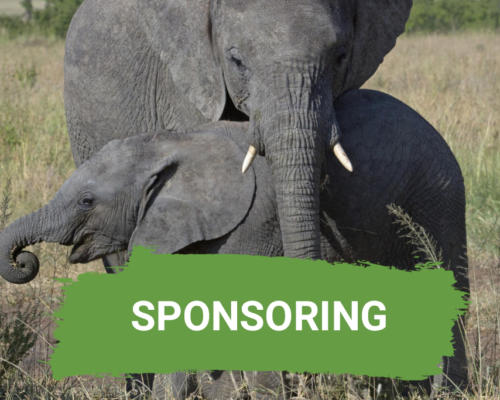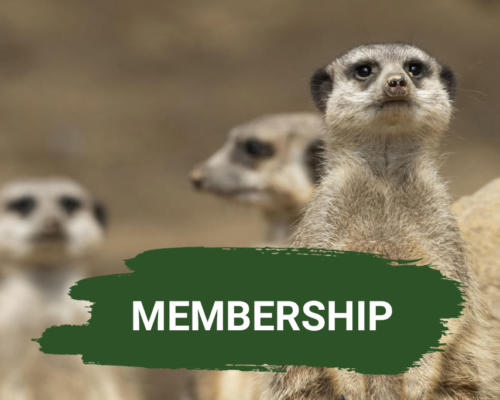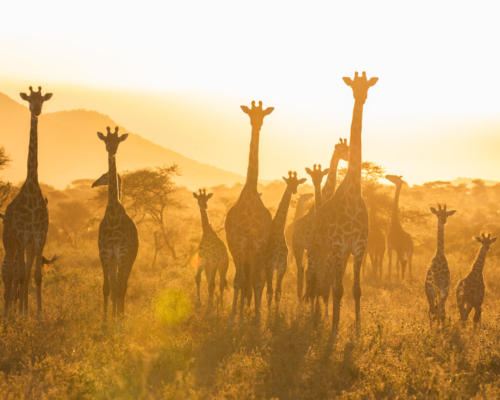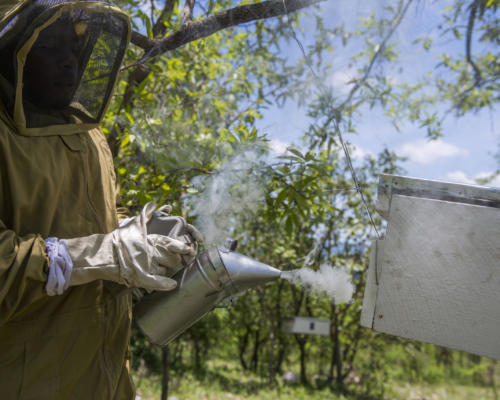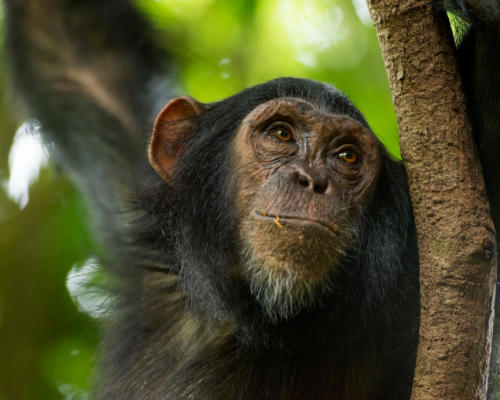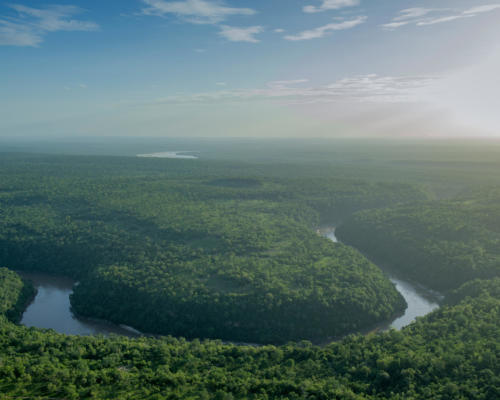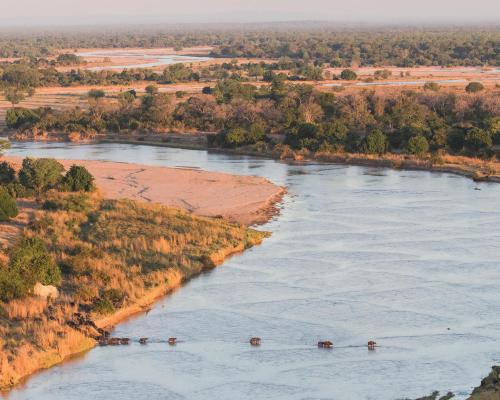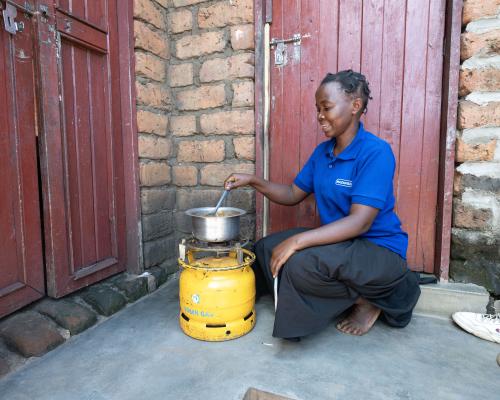A new scientific publication shows that even huge protected areas are not immune to what happens outside their borders.
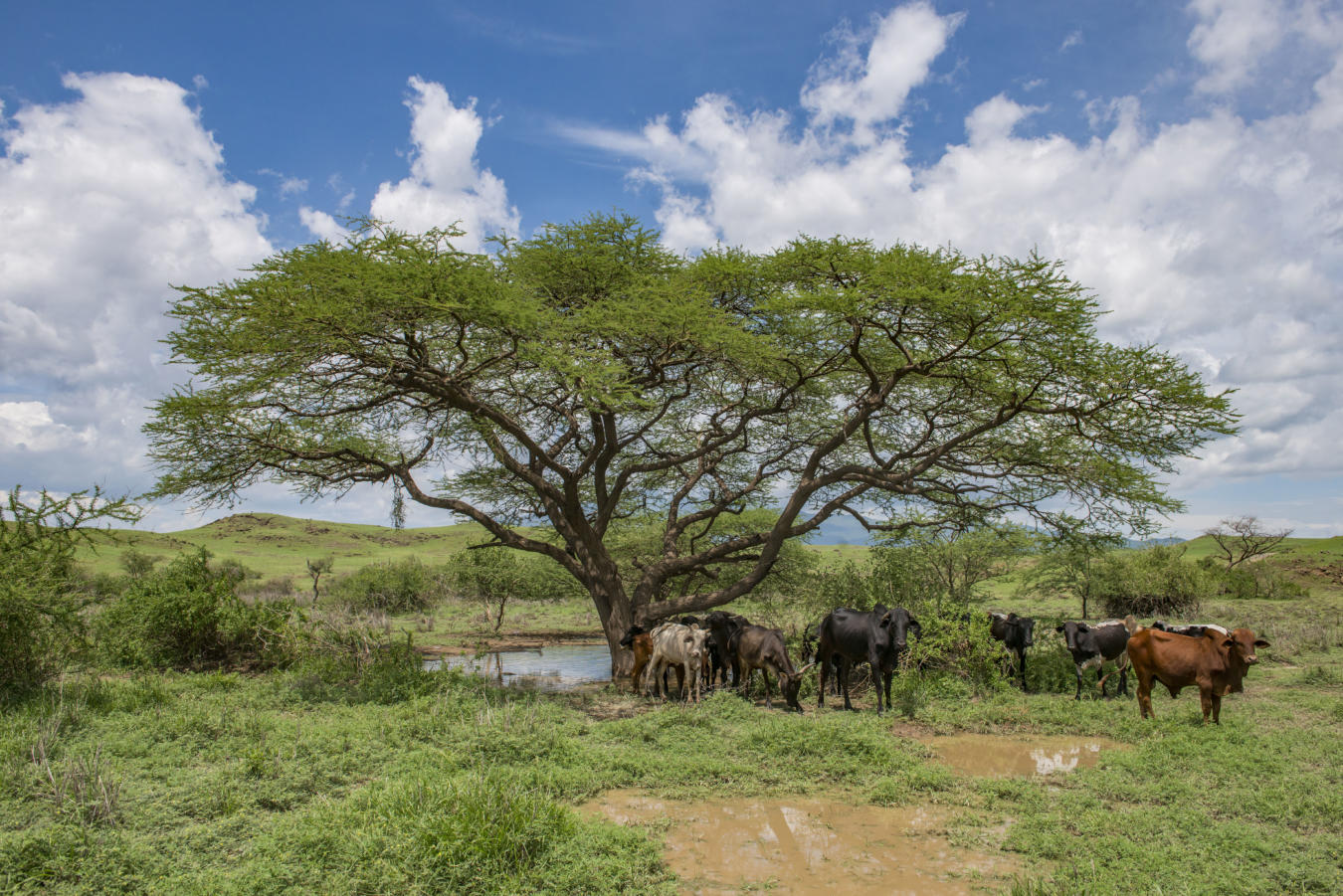
Humans Putting the Squeeze on the Serengeti Ecosystem
It’s getting crowded on our planet. 7.63 billion people currently live on our planet and the population will grow by 78 million every year, according to the UN. One billion more people will live on the African continent alone by 2050. A thousand million more people. All these people will need resources: clean drinking water, farmland, settlements, roads, and infrastructure. The conflict over natural areas that still offer the necessary “ecosystem services” we need, will grow.
Tanzania has 16 national parks and numerous protected areas with different protection and use concepts. 35.5 percent of the country’s land area has been protected since 2017. However, a group of international scientists has now clearly shown that these protected areas are not islands that remain unaffected by the enormous increase in resource consumption in their environment, using the Serengeti-Mara ecosystem in Tanzania and Kenya as an example. Principal author Michiel Veldhuis from the University of Groningen in the Netherlands and his colleagues have analyzed data from four decades. In their article published on 28 March in the science magazine Science(Volume 363, page 1424), they show that even the huge Serengeti-Mara ecosystem of 40,000 square kilometers is not unaffected by what happens outside its borders. “Our work shows that encroachment by people should be considered just as serious a challenge as better-known issues such as poaching and climate change”, says Dr. Colin Beale of York University, one of the authors.
The Serengeti-Mara ecosystem consists of a network of protected areas, with the famous Serengeti National Park in the center. Between 1999 and 2012, the population grew by an average of 2.4 percent per year, according to Veldhuis and colleagues. Within 13 years, the population has thus increased by one-third. One of the reasons for this is that people migrated to the protected area boundaries because of the better income opportunities thanks to tourism.
However, where more people live, livestock grazing increases, and more and more agricultural land is created. Per year, the cattle herds around the Serengeti grew by an average of 0.9 percent, sheep and goats even by 3.8 percent. And while in 1984, cereals and vegetables were only grown on 37 percent of the area, this figure had risen to 54 percent by 2018.
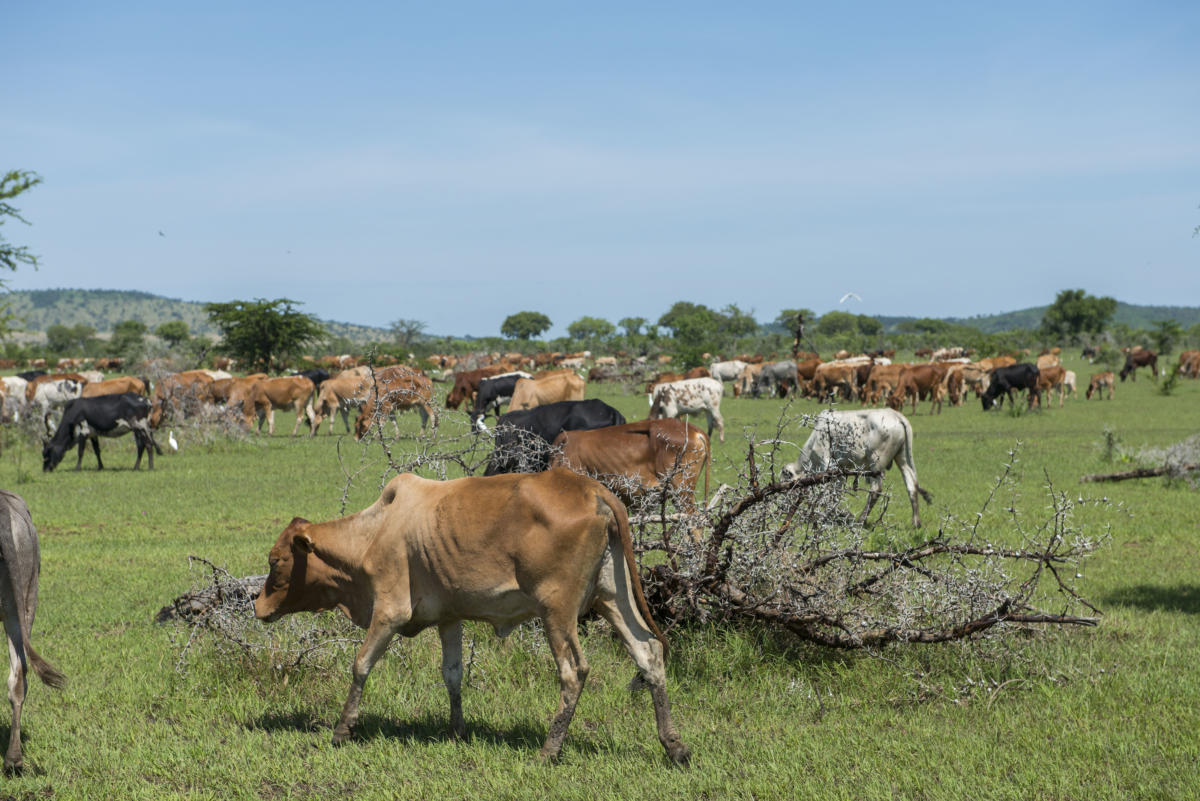
All this does not leave the Serengeti ecosystem untouched. The immense pressure at the edges has meanwhile had visible and measurable effects even on the fauna and flora in the center of the national park, far away from fields and herds of cattle. Even if the savannah in the Serengeti seems huge and almost infinite to us, the wandering animals are literally “squeezed” into the limited space. Veldhuis and colleagues show that so-called spatial cascade effects contribute to significantly weakening the ecosystem even in its best-protected core. Although the number of wildebeests, zebras, and antelopes has remained very stable over the last decades and their populations are healthy, the migration pattern of the large herds in the Serengeti has changed due to pressure outside the park boundaries.
As animal movements have changed, so have other parameters of the ecosystem: Plant communities, fire, soil, even mycorrhiza, the biocoenoses of fungi in the roots of plants. The driving factor for this effect is that the animals are forced to migrate to areas where habitat quality is poorer. Even in vast and well-protected areas such as the Serengeti, we see that what happens outside has an impact on the whole system.
Influence on the system means, for example, that soils are no longer able to store the same amount of carbon dioxide or nutrients, and the ability to absorb precipitation decreases. In short, the entire system is less resilient. Michiel Veldhuis of the University of Groningen says: “There is an urgent need to rethink how we manage the boundaries of protected areas to be able to conserve biodiversity. The future of the world’s most iconic protected areas and their associated human population may depend on it.”
People living adjacent to protected areas benefit from their so-called “ecosystem services”, i.e. rivers provide clean water and forests prevent drought in the fields thanks to their microclimate. There is great pressure and temptation to force their way into protected areas and benefit directly from their resources. The great challenge will be to make it clear to people and governments that the exploitation of the resources in the protected area will irreversibly destroy the natural livelihoods of future generations. That such exploitation saws off the branch on which humans sit.
For Dr. Simon Mduma, Director of the Tanzania Wildlife Research Institute, the study comes at just the right time. “These results come at the right time, as the Tanzanian government is now taking important steps to address these issues on a national level,” says Mduma. The publication provides the scientific basis for the far-reaching consequences of population pressure in the Serengeti-Mara ecosystem, information that political leaders urgently need.
The authors of the study emphasize the need for good land use planning around the protected areas, a reduction in pasture pressure from livestock and agriculture, and even better protection of the core areas. “This is exactly what we are doing with our projects around the Serengeti,” says Michael Thompson of the Frankfurt Zoological Society’s office in Arusha, Tanzania. “Together with the communities, we are trying to develop sustainable land use that conserves natural resources. At the same time, we are strengthening the national park with equipment and know-how to enable it to defend its borders against illegal encroachment.” In the Serengeti, cattle and goats are being driven into the park in many places, causing enormous damage to the vegetation. But a protected area is neither a self-service shop nor a pure refuge for rare animals. It is the safeguarding of the livelihoods of the local people as well as future generations. Nature conservation, therefore, needs effective law enforcement, otherwise, everyone will lose in the end.
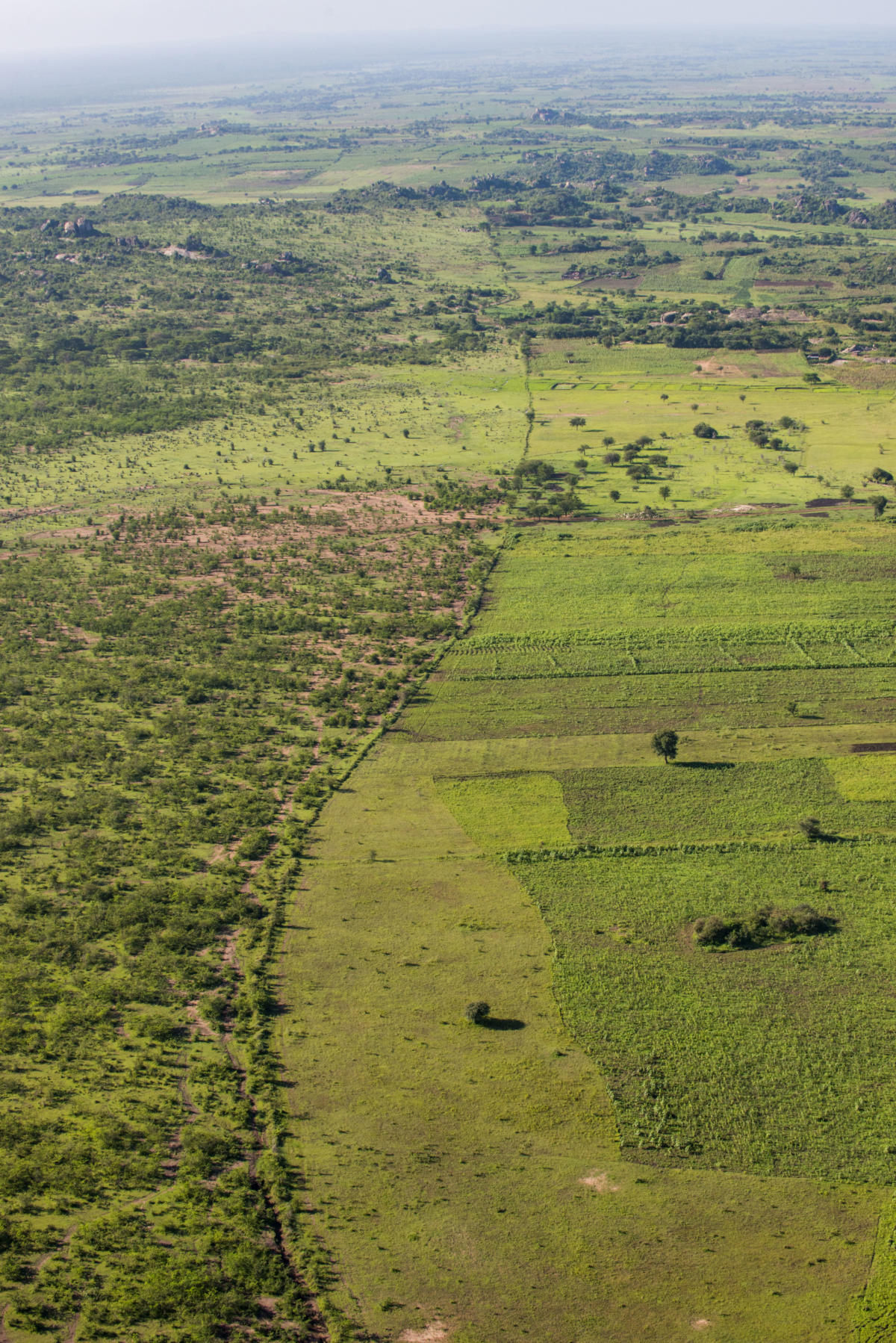
The study was published in Science on 29 March 2019:
Cross-boundary human impacts compromise the Serengeti-Mara ecosystem
Michiel P. Veldhuis, Mark E. Ritchie, Joseph O. Ogutu, Thomas A. Morrison, Colin M. Beale, Anna B. Estes, William Mwakilema, Gordon O. Ojwang, Catherine L. Parr, James Probert, Patrick W. Wargute, J. Grant C. Hopcraft, Han Olff
Science 29 Mar 2019:
Vol. 363, Issue 6434, pp. 1424-1428
DOI: 10.1126/science.aav0564


